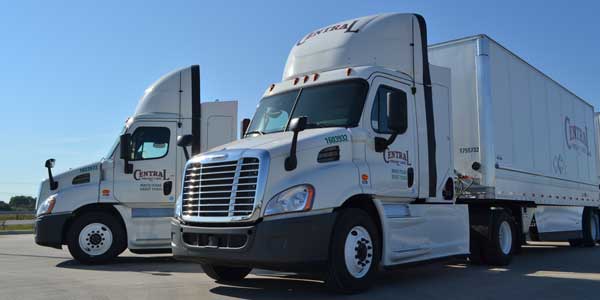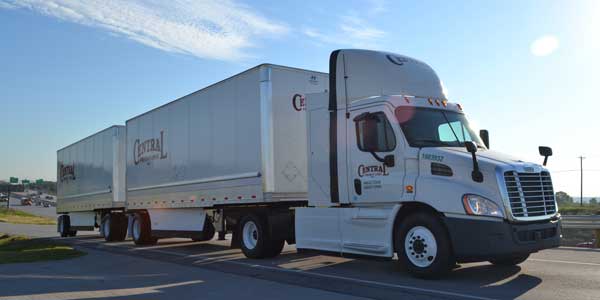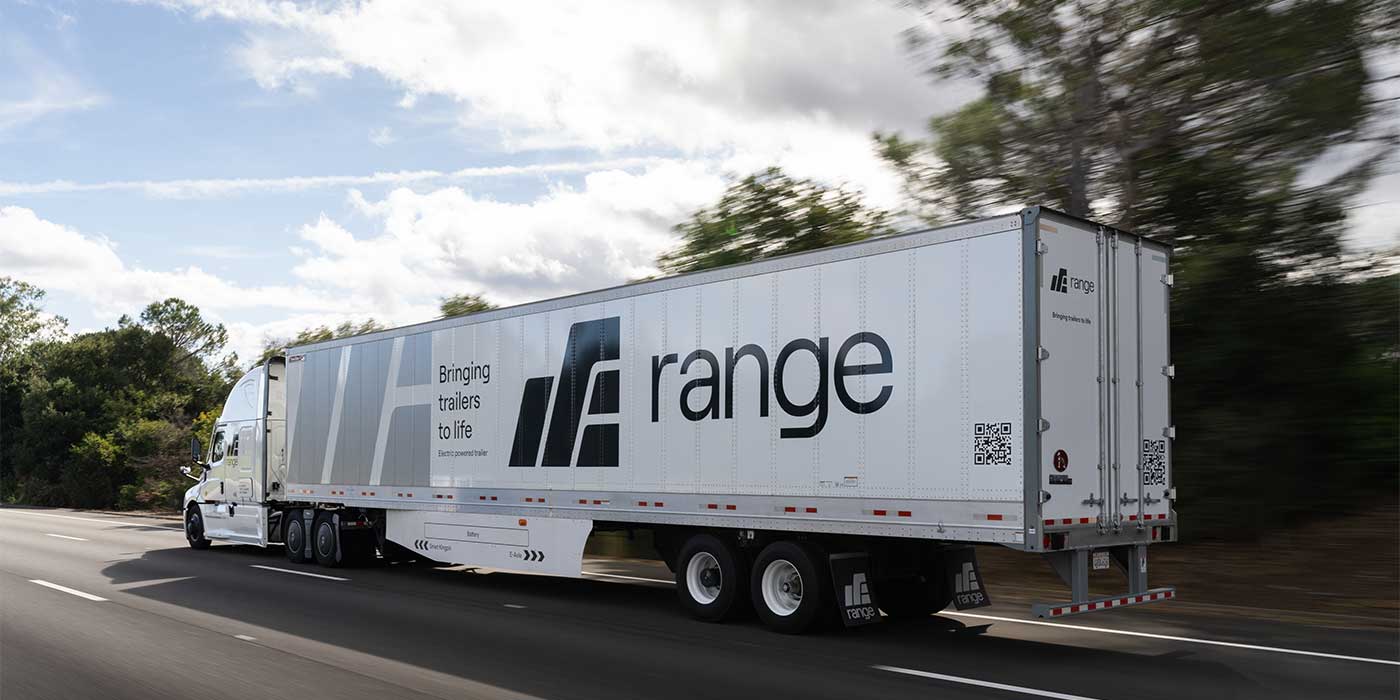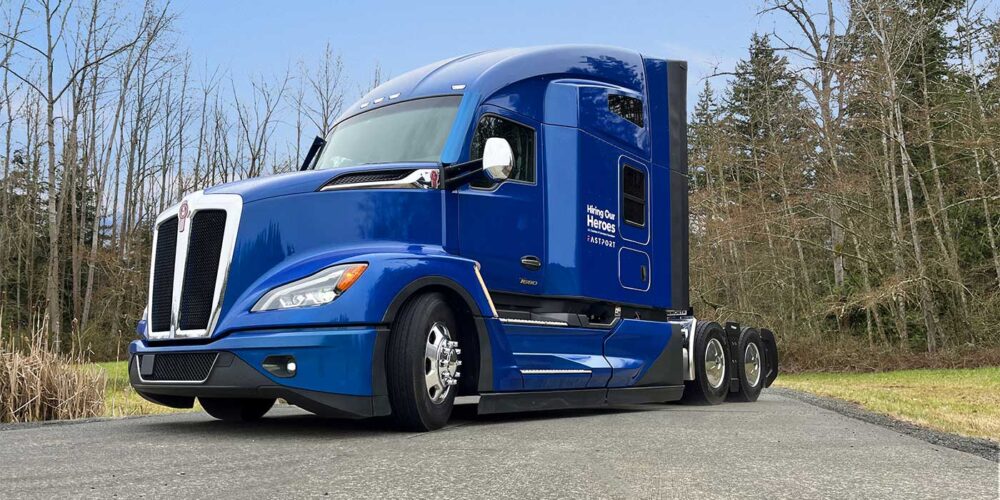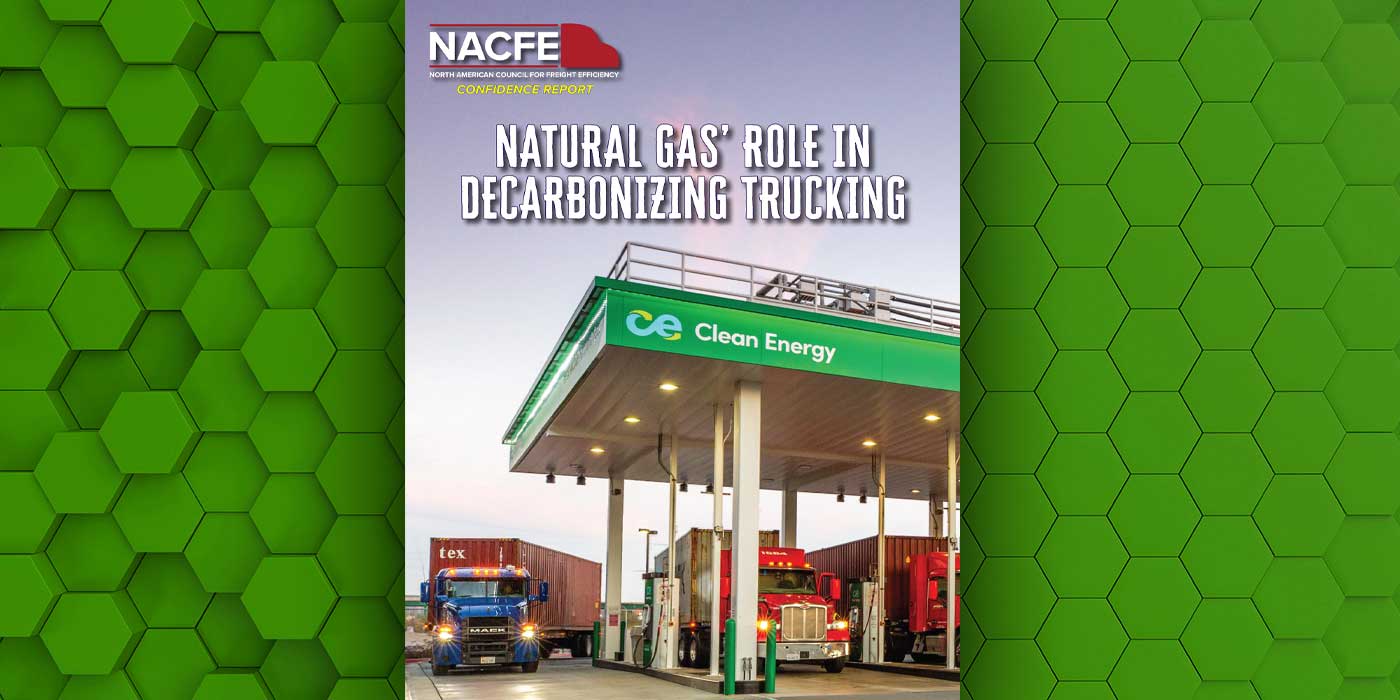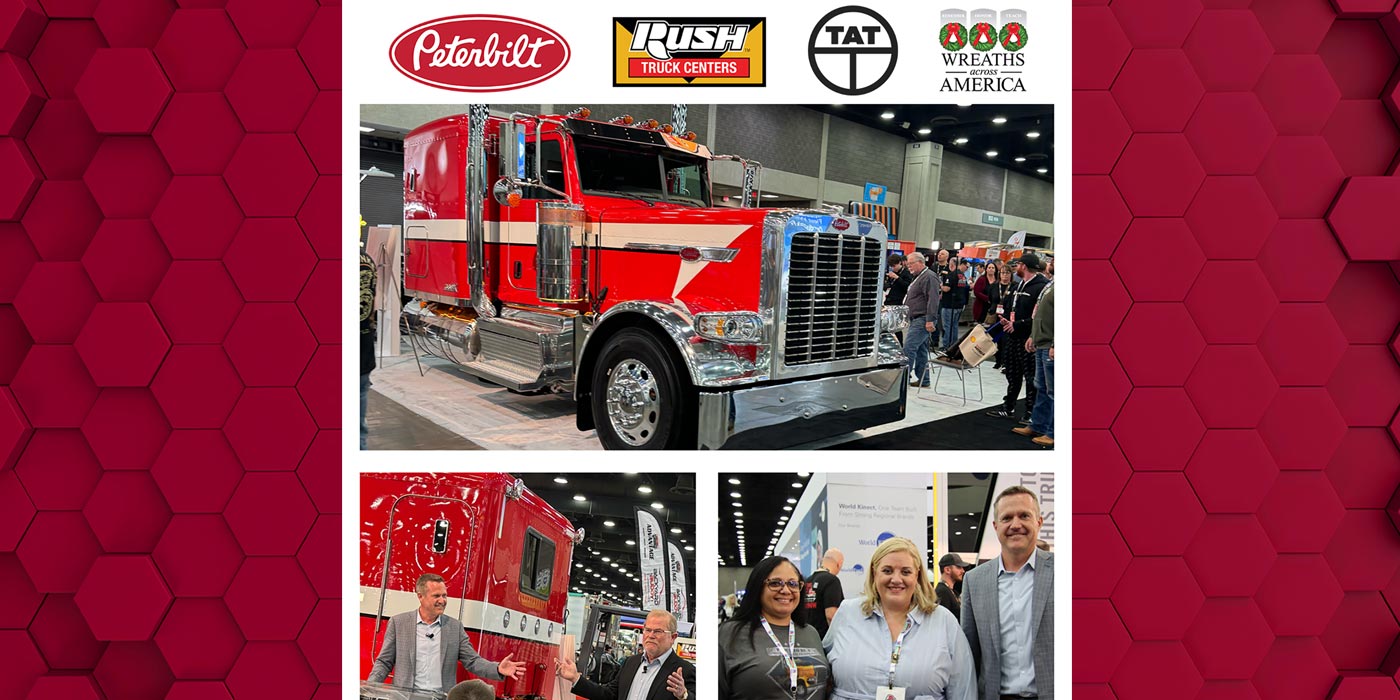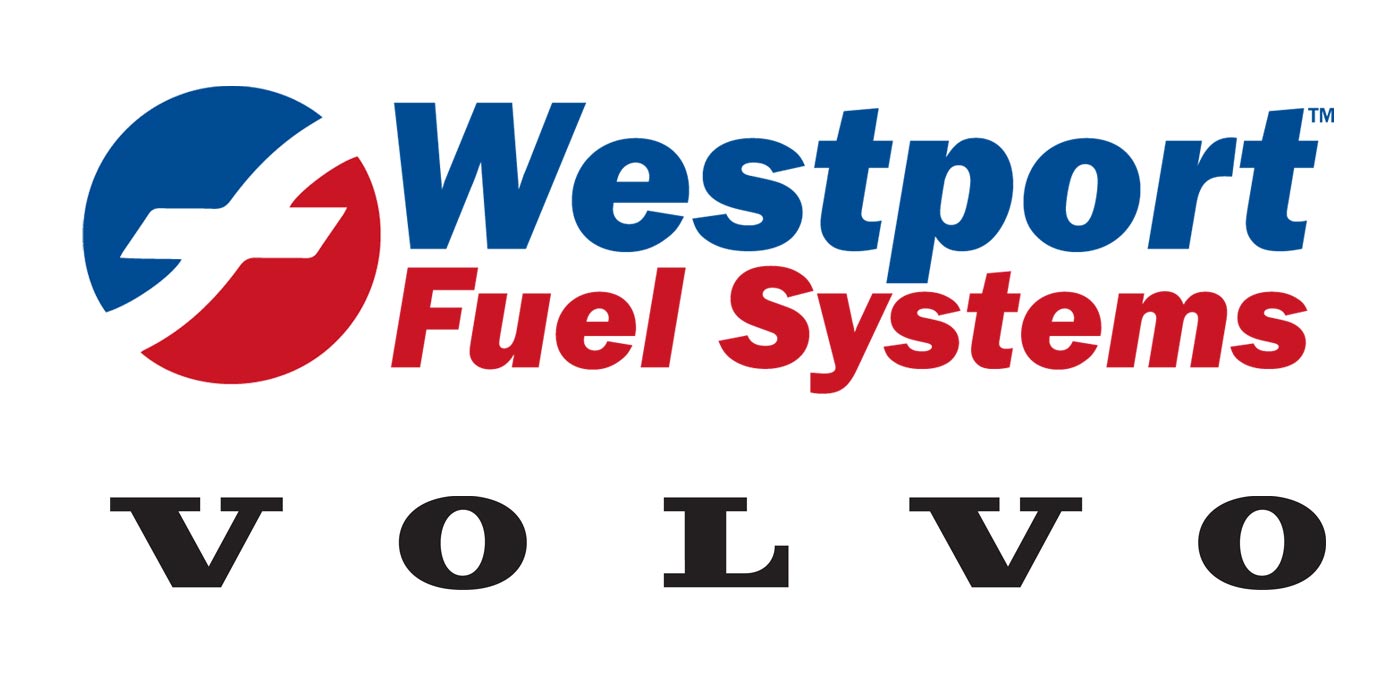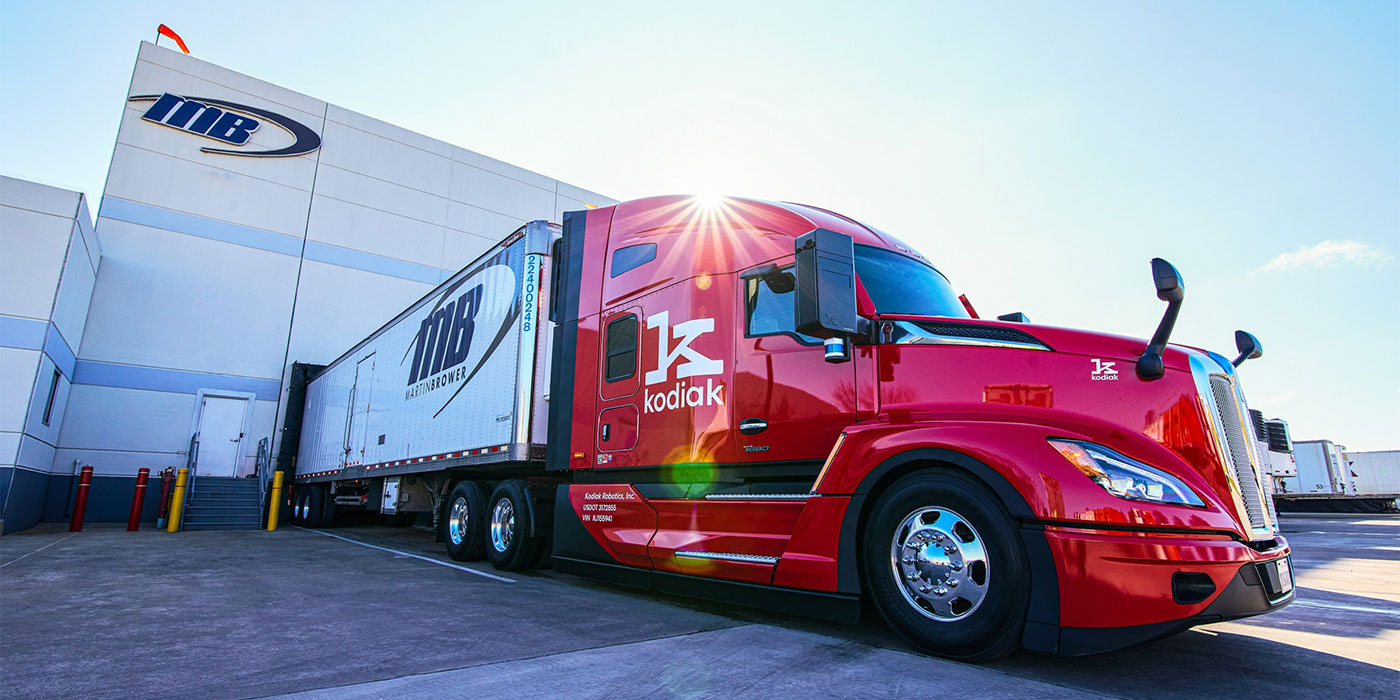In mid-February of this year, Central Freight Lines announced plans to purchase Wilson Trucking, effectively expanding its terminal network by 50% and extending its operating area to include the entire southeastern U.S. and Puerto Rico.
“The Wilson Trucking network of 26 terminals in the southeast matched up with our western and southwestern footprint of 56 terminals,” says Donald A. Orr, president and chief executive officer of Central Freight Lines. “This purchase fits our business plan to grow by serving regional markets, gives our customers the extended coverage they’ve been asking us to provide and improves our long-term competitive position in the LTL and distribution markets.”
With the Wilson Trucking acquisition, Waco, Texas-based Central Freight Lines now operates 82 terminals in 24 states and fields 1,600 tractors and 8,000 trailers. The fleet also includes straight trucks for some local routes. Central’s trailers range in size from 28 to 57 ft. to meet a variety of route and freight density needs.
“There’s a lot more to the LTL and distribution business today,” Orr says. “The increase in multi-channel and final mile delivery activity is a big change. It involves other entities like 3PLs and it can require different equipment. It creates challenges that stem from needing dynamic operations to meet the needs of new and different freight distribution patterns.”
Looking at the details
“Overall, it takes a lot more sophistication when it comes to data management to succeed in today’s LTL and distribution markets,” Orr continues. “You need the ability to look deeply into the details, of all your costs, so you can price your services competitively.”
For Central Freight lines, many of those details are found in the Less-Than-Truckload Cost Information System (LTL/CIS) from TCG. “Every LTL shipment is a unique combination of weight, pieces, density, origin and destination, susceptibility to loss and damage, handling requirements and other factors,” Orr explains.
“Shipment variances must be accounted for if we’re going to make accurate pricing and operational decisions,” Orr adds. “We use TCG to establish the cost of all our activities, and, in conjunction with our handheld system, that tells us the amount of time spent at delivery and pick-up locations, we can assign tasks with a much higher degree of accuracy.”
Central Freight Lines’ investment in information management technology includes a comprehensive set of solutions that has resulted in an increase in productivity and cost savings. In place at the carrier is the Cheetah Freight software-as-a-service (SaaS) solution. The Cheetah Software Systems platform is also fully integrated with data from the TCG cost analysis solution.
“The implementation of a number of integrated enterprise management and operations analysis systems has had a very positive impact on our ability to profitably provide outstanding service,” Orr says. “We have unmatched visibility into our fleet operations and have been able to reduce costs in several areas, so those investments are paying off for us and our customers.”
A steady approach
Central Freight Lines takes a steady approach to equipment, buying new tractors every five to seven years. “We realize that’s a relatively short trade cycle in an LTL operation, but we want to add new trucks when technology when it warrants an investment,” Orr says. “That’s especially true when it comes to safety.”
The Central Freight Lines fleet consists mainly of Freightliner Cascadia tractors for linehaul duties and M2 models for local service. Starting last year, all new tractors have been equipped with collision avoidance and lane departure systems, as well as air disk brakes on steer axles. In 2014, the carrier began spec’ing automatic transmissions for driver comfort and safety and is now using Detroit D12 automated manual gearboxes as well.
“The ROI is easy when it comes to safety,” Orr says. “Internally, we assign a cost to a type of accident and compare it to the cost of a safety technology. While we still don’t have enough experience yet with air disc brakes, in over one year, we have not had one accident that could have been prevented by collision avoidance and lane departure warning systems. That’s complete justification.”
Along with safety, sustainability is a key initiative at Central Freight Lines. For example, as a SmartWay Transport Partnership participant, the company is continually looking at ways to cut fuel use. One of those approaches has been to use straight trucks in some parts of its operation to handle hauls up to 125 miles, because the vehicles get better fuel economy. On its latest truck specs, the company expects more than nine MPG on some delivery routes.
Clean air initiative
Central Freight Lines was also one of the first LTL carriers to invest in and use compressed natural gas (CNG) tractors on a daily basis.
“There is not always a financial advantage with CNG vehicles,” Orr states, “but we still want to support our commitment to a clean air initiative. We are also firm believers in using domestically produced fuels like natural gas to help reduce consumption of foreign oil and support U.S. energy producers, including many in our home state of Texas that are also our customers.”
In operation in the Central Freight lines fleet since 2013 are 15 Peterbilt Model 384 tractors equipped with Agility CNG fueling systems. The 75-gal. diesel equivalent solution powers a Cummins Westport ISL-G 320 HP engine.
Today, along with some Texas linehaul moves, over 90% of the company’s local operation in San Antonio is running with CNG tractors. The carrier now has CNG fueling stations in Fort Worth, San Antonio and Houston, which are also open to the public, to provide the necessary infrastructure to support its CNG fleet.
Maintaining support
All Central Freight Lines equipment is maintained under the direction of Colin Owen, vice president of maintenance, at 13 shops that handle a majority of the fleet’s preventive maintenance and inspections. With 85 terminals in 26 states, however, maintenance and repairs, including most warranty work, is outsourced to dealers at a number of locations.
Since 1925, when W.W. (“Woody”) Callan Sr. bought a Ford Model T and drove from Waco to Dallas to pick up goods for a local merchant, Central Freight Lines has been focused on delivering ever-improving value to its customers. Today, the carrier continues to invest in the transportation technology it needs to effectively and efficiently serve its customers.
“Our entire team is focused on service backed by an infrastructure designed to intelligently support the logistical needs of North America’s largest manufacturing, retail and distribution enterprises,” Orr says. “At Central Freight Lines our goal is provide the optimum LTL and distribution network.”

